Many days fell away with nothing to show. Today, the first thing I notice as I step out of Kagoshima Station is the giant volcano that appears to be erupting in the distance. Kagoshima Prefecture is famous for Sakurajima, the most active volcano in Japan. It lurks ominously in the distance, alone, on its island surrounded by the water of Kagoshima Bay.
Sakurajima literally translates to mean Cherry Blossom Island, but don’t let the nice name fool you, this volcano is monstrous in size; standing at a colossal 1,117 metres above sea level, it can be seen from everywhere. Wherever I go in Kagoshima, the volcano seems to follow.
Today the Volcano Alert System is at level three. I am told to refrain from entering the danger zone and to pay attention to the future volcanic activity. The Volcano Alert System has five levels, they are:
5: Evacuate.
4: Evacuation of the elderly, et cætera.
3: Do not approach.
2: Do not approach the crater.
1: Caution advised around the crater.
I decide to try to get a better view, so head towards the Shiroyama Park Observation Deck. As I wander, I feel the streets here are much wider than I’m used to, the roads twice the size as usual. Tram lines criss and cross through the city streets whilst foghorns blast intermittently in the distance.
Before reaching the observation deck, I see a huge stone torii gate in the middle of one of the many large roads. I check my map to find it is simply named Big Torii. I’ve never seen such a gate before, usually torii gates are for people, it’s unusual to see traffic passing beneath.
After walking under Big Torii, I start to climb up some steep stone steps that spiral and meander, before finding myself 107-metres higher, at the top of Castle Mountain. In the distance, grey clouds roll over the hills bringing darkness from above, and I realise that I have selected the worse possible day to photograph the volcano.
I traipse back down the stone steps and into Central Park. The park isn’t that large, but somehow I can’t seem to find the statue that I’m here to see. I do another lap of the park, look for English signs, walk the park a third time only to realise that the statue isn’t even in Central Park.
Eventually, I find the bronze statue of Saigo Takamori, betterwise known as The Last Samurai, and inspiration for the film of the same name. Saigo Takamori led the army of the Satsuma Rebellion against the Meiji government, and is one of the most influential samurai in Japanese history. The statue here is 8-metres high and took eight years to craft. There’s also a rather small statue of Hachiko the dog here, for no reason that I can ascertain.
Still desperate for a better view and a decent photograph of Sakurajima, I head on down to the Amami Okinawa Ferry Terminal, the source of the foghorns I heard earlier. I find a nearby hotel with a balcony that faces out toward the volcano. The hotel room is a little pricey, but it does offer a pour-it-yourself beer server in the lobby, and it’s totally free.
The view from my balcony is slightly spoilt by a net, but good enough.
After helping myself to some lovely free beer, I end the day by walking around Kagoshima; the ubiquitous Sakurajima volcano continues to prowl in every direction, its omnipresence ever threatening, until the darkness of the night engulfs its existence.
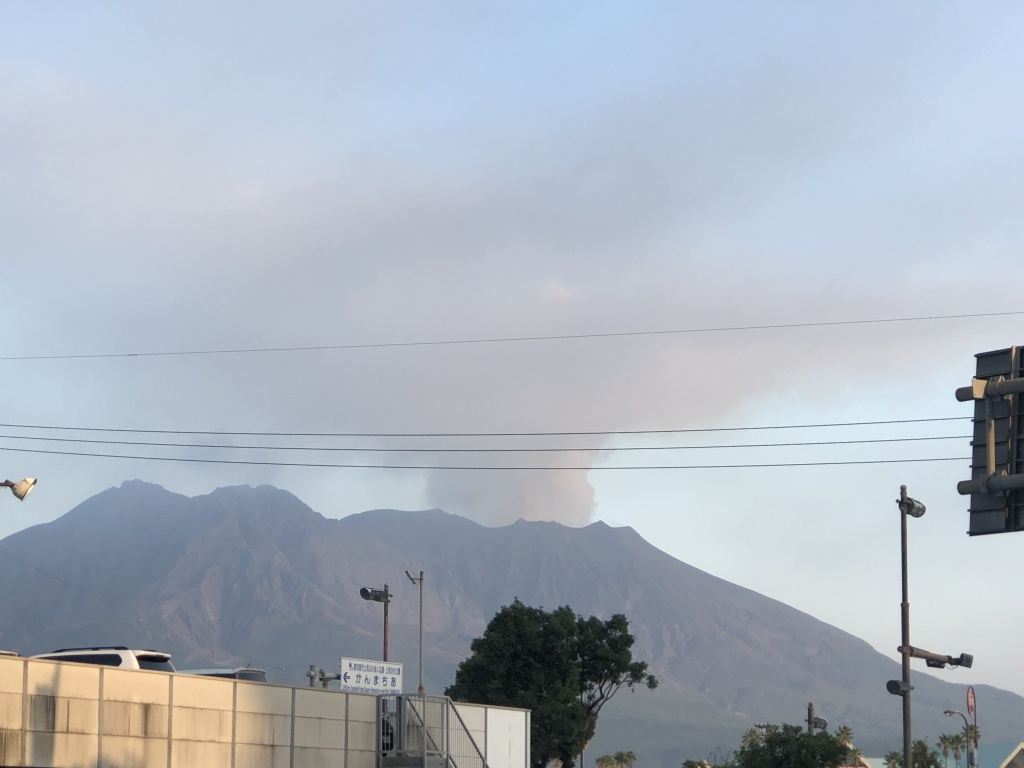
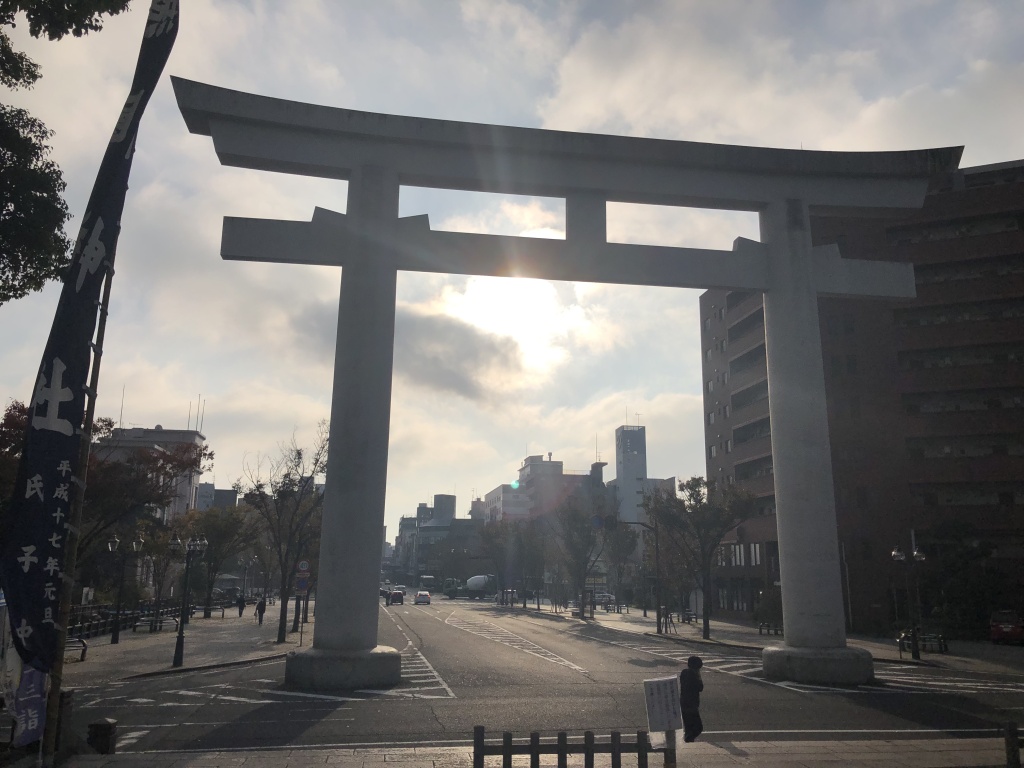
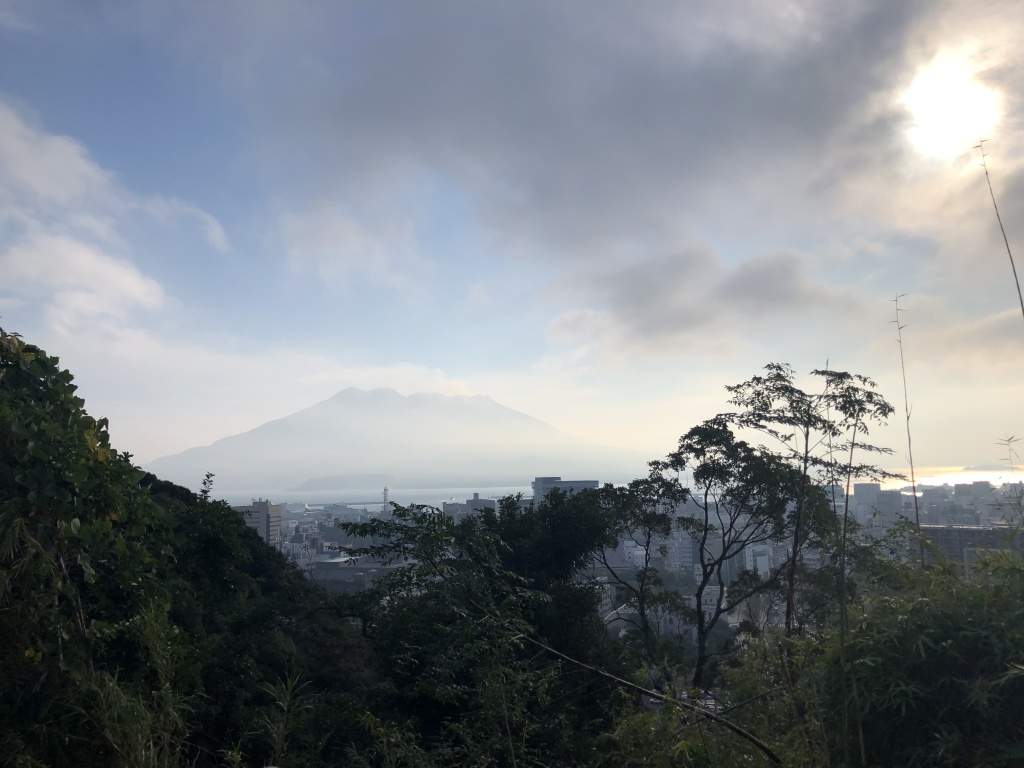
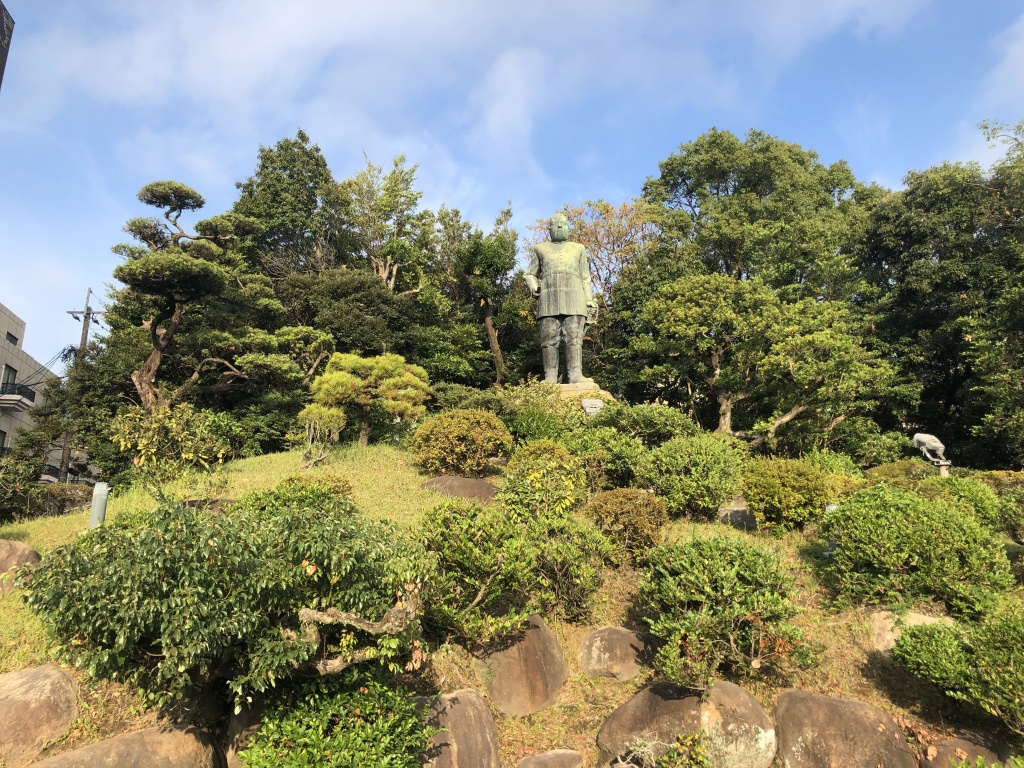
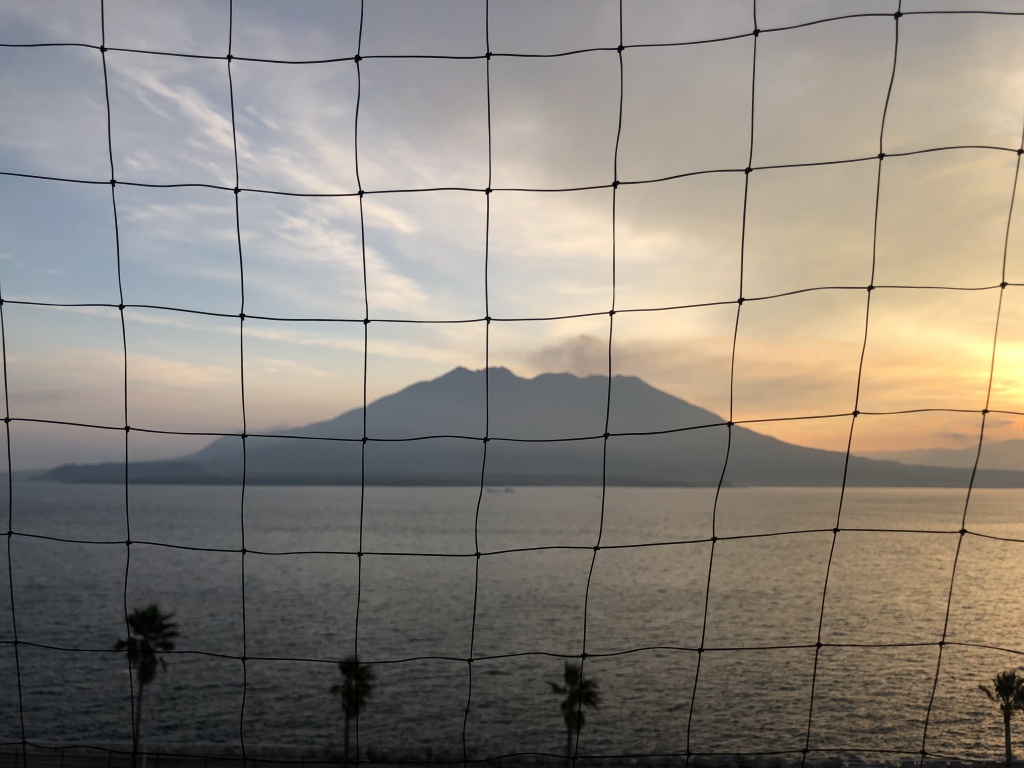
![diamondfuji1[1]](https://japanising.com/wp-content/uploads/2014/12/diamondfuji11.jpg?w=630)
![nightview2[1]](https://japanising.com/wp-content/uploads/2014/12/nightview21.jpg?w=630)
![actualdiamond[1]](https://japanising.com/wp-content/uploads/2014/12/actualdiamond1.jpg?w=630)
![VEGAS[1]](https://japanising.com/wp-content/uploads/2014/07/vegas1.jpg?w=630)
![ovenhell[1]](https://japanising.com/wp-content/uploads/2014/07/ovenhell1.jpg?w=630)
![eggssteam[1]](https://japanising.com/wp-content/uploads/2014/07/eggssteam1.jpg?w=630)
![Cobolt_blue[1]](https://japanising.com/wp-content/uploads/2014/07/cobolt_blue1.jpg?w=630)
![Bananas[1]](https://japanising.com/wp-content/uploads/2014/07/bananas1.jpg?w=630)
![Laundry[1]](https://japanising.com/wp-content/uploads/2014/07/laundry1.jpg?w=630)
![asahitower[1]](https://japanising.com/wp-content/uploads/2014/07/asahitower1.jpg?w=630)
You must be logged in to post a comment.